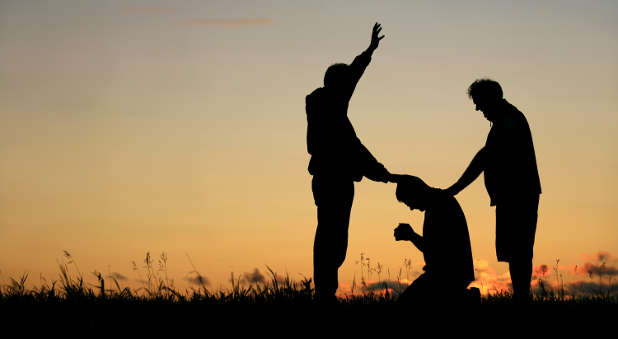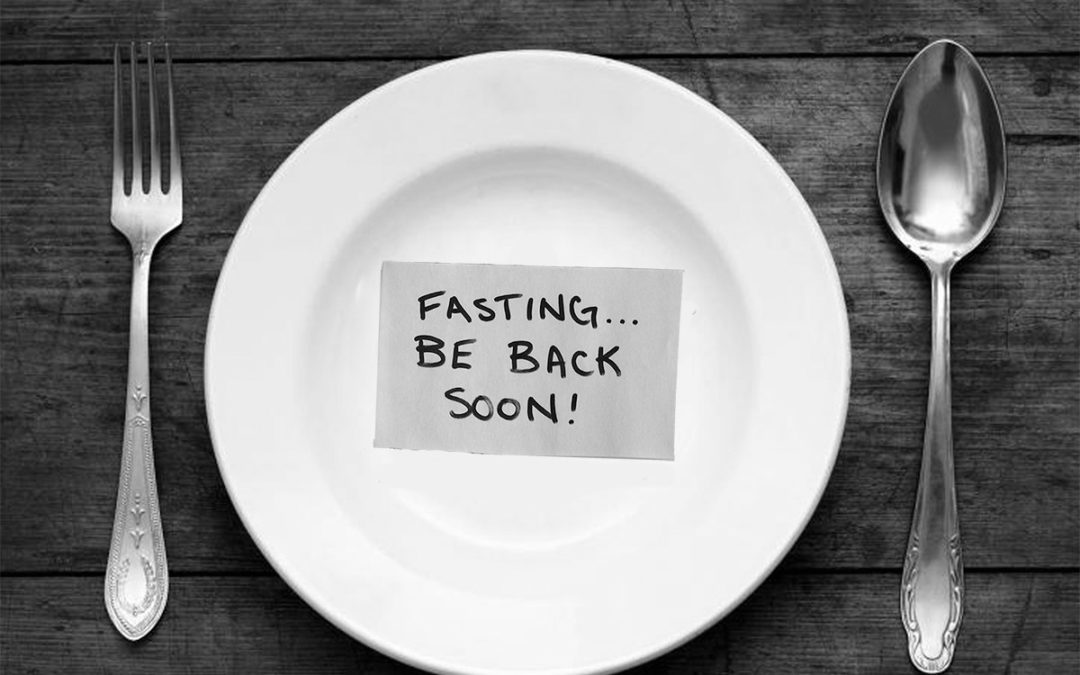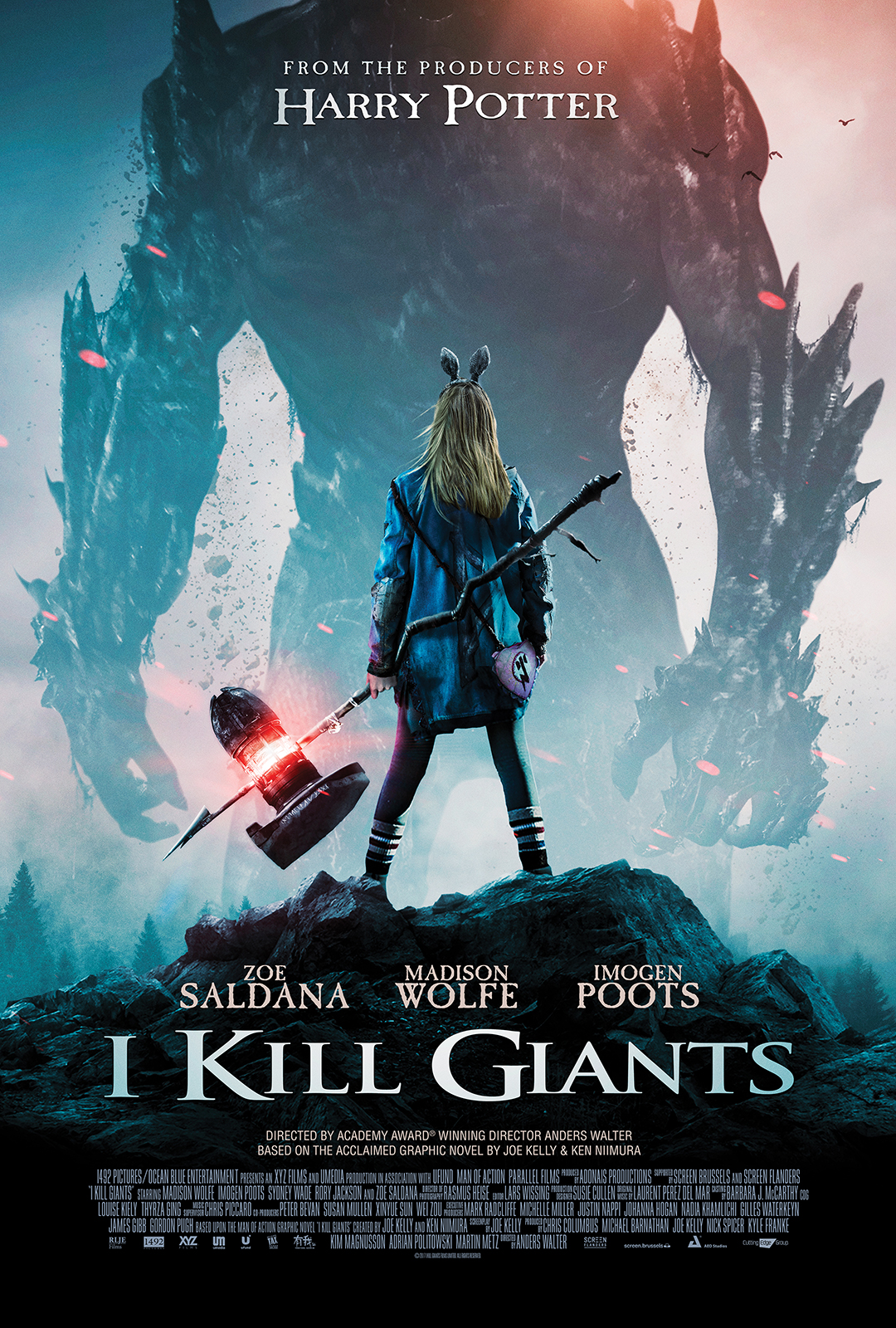Life’s A Beach-Full of Lessons
 by Meanne M. Mijares
by Meanne M. Mijares
Before and now during the time of social media, many of us spend the summer season with our families and friends in an ocean blue water seashore to grill barbecues, and enjoying the great food stuff, sun, sand, the light cool breeze and sea while playing cool fun games flood in our photo albums and Facebook and Instagram news feeds. But every summer vacation, there are lessons that we should learn what life is all about I believe from no less than the beach but how often do we take them for granted! Trust me, after reading this, you will never look at and enjoy the beach the same way again as before-but in a good way, of course.
Honestly, there’s something really special about the beach. There is a certain spirituality about the way the salt water fades and emerges, the way the sand shifts into a diverse natural sculpture every day, and the way the sun looks as it glances over the horizon each morning, then slips away to its evening resting place each night. When we’re younger, the beach teaches us lessons like: 1) sunscreen may prevent tanning, but it also prevents painful burns, 2) regardless of what you’re told, nothing but time really stops a jellyfish sting and 3) if you hang out by the pier, you’ll get closer to the good-looking surfers! In our adult years, though, the beach teaches us more lessons about life than any of us could have possibly imagined. Here are seven lessons:
The sun always rises every morning.
Sunrise is the moment when night becomes day. It never arrives at the same time and no two are exactly alike. The sun may race over the horizon in a brilliant fireball or creep in slowly, held back by those stubborn clouds. Sometimes, the sunrise is hidden behind gloomy skies and storms, and you must take it on faith that the sun is there. Life’s days are like sunrises. They may start out with a brilliant burst of light or they may begin sluggishly, held down by illness, aggravation, depression or anxiety. Sometimes, the sun is hidden behind the whirling storms of life. The beach teaches that just because you can’t see the sun in your life, it is still there. You must take it on faith. Each sunrise represents a fresh start and a new opportunity– to conceive and pursue a dream, to help someone or to reach out for help, to write, compose, create, invent, build, sing, and even dance! The sun always rises on an opportunity to do better, be better and yes, live better! So, please don’t spoil your sunrise!
You can’t learn to swim in shallow water.
There’s something magical about watching dolphins swim off the beach. You’ve probably noticed they don’t swim in the shallows. They swim in deep water. Swimmers know that deep water is where you must be strong, know how to swim, know when to go with the current or fight it, when to tread water or swim. You don’t learn to survive life’s deep waters by staying in the shallows where it’s safe. Jesus told Peter to “put out out into the deep” and when he did, there was a catch so big, it almost sank the boat! Sometimes in life, if you want to learn when to tread and when to swim, when to go with the flow and when to fight it, how to make the big catch or see the big blessings, you must leave the safety zone of ankle deep water and paddle into the deep. That’s where you learn to trust Him and hold onto Him. There’s no telling what you might find in the scary deep a spiritual moment of growth, a net full of provisions, or an amazing blessing God has in store for you. So, take off your wading shoes and dive in!
Saltwater pricks, and heals.
Have you ever gone swimming at the beach and gotten saltwater in a wound? It stings! But, it also heals. Sometimes we must go through some pain in order to heal. When we are physically or emotionally wounded, we learn the healing process isn’t always easy. During the healing, we may have to face situations, people, or memories that prick us. Life’s saltwater takes many forms. It may be tears, or prayer, or counseling, or even a “time out” from the painful circumstance of the person. It almost always hurts. But, if we let the saltwater of life purify and heal us, the pain may lead to a newer, healthier, safer, more spiritually sound self. We may find it is taking us to a better place. It may not be the place we envisioned, or the place we thought we wanted. But it may be just the right place at just the right time that God has designed for you.
Running on soft sand is hard, but it makes you come out stronger.
Runners like thumping the beach when the sand is packed really hard. When the sand is softer, the runner must work harder, run more slowly, and put more into the journey. The upside is that running the “hard race” harvests greater results, like more burned calories and a stronger heart, lungs and legs. Like the runners on the beach, Christians run a daily “race” and it is not always easy. Our Lord Jesus promised tough times– soft sand to so speak. He also promised help from above. When you step out in faith into the soft sand, every step you take brings you closer to God, makes you a stronger person, and a stronger witness. When you see life’s challenges, or soft sand, in front of you, don’t be afraid of it. Face it head on. Put one foot in front of the other and push your way through, keeping your “eyes on the prize,” which is coming out stronger on the other side.
Travel light.
Have you ever seen a hermit crab? Or even a turtle? He carries his house on his back. It provides him shelter, comfort and protection. It’s his home. His entire comfort zone. And it’s all he needs. What do you carry on your back every day? Are you carrying around what’s really needed? Or are you loaded down with the pains of the past, the worries of the future, or the burdens of other people? Is your daily “beach bag” packed with gossip, lies, distorted imagination, intrigue, worry, insecurity, jealousy, or fear? Take a lesson from the hermit crab and turtle. Be austere with what you carry on your back. Let go of the things that weigh you down. Your trip will be much easier and more fun!
Safety lies in numbers.
Fish swim in schools. Scientists discovered they do that to protect themselves from predators and to improve their hunt for good things, like shelter, food, and mates. Like fish, we all need somebody. In our world, we call it a support system. These are friends or family who surround us, coasting along with us through troubled waters as protection, or through calm seas as confidantes. These “school mates” often see predators, or danger, more clearly than we do and can alert us to the need to change direction or move closer inside the circle of protection. They also warn about the good things and good people. There really are plenty of fish in the ocean, indeed! No need to go it alone. Go, find a good school, and start swimming!
Beach hair? Who cares!
Sometimes life just needs to get over itself-naturally! We need to put our hair down and just laugh, chill, dance and play! Look at people at the beach. They are so happy and blithe! They turn their faces to the sun and their backs to the wind. They plunge in the water with pleasure and laugh with recklessness at the discovery of a sand dollar or a beautiful seashell. The beach encourages us, for at least a moment in time, to forget about schedule, troubles, and beating ridiculous deadlines. So, take a lesson or two from the beach. Take time to breathe. Take time to play. Take time. It’s the most precious resource you have. Use it wisely and cheerfully!
Now, if you are taking a vacation to the beach, remember these life lessons and go through them for yourself. Then you will begin to notice the little things that the beach teaches us. The ocean is God’s gift to us and it reminds us of the meaning of relaxation, family bonding, lighthearted and being free from worry and care.
Have a great summer beach vacation!

 Should you decide to join and serve your community in whatever capacity, reach out in fellowship with others. Give them a chance to get to know you. Bring and share our Lord Jesus Christ with them. Get to know them. What are their interests and quirks? The Lord loves variety that would reflect many aspects of our personalities.So that when a project that requires collaborative efforts comes along, it is easier to get things done. And when the endeavor reaped a great deal of success, all of you involved unite and praise His name!
Should you decide to join and serve your community in whatever capacity, reach out in fellowship with others. Give them a chance to get to know you. Bring and share our Lord Jesus Christ with them. Get to know them. What are their interests and quirks? The Lord loves variety that would reflect many aspects of our personalities.So that when a project that requires collaborative efforts comes along, it is easier to get things done. And when the endeavor reaped a great deal of success, all of you involved unite and praise His name! *Sacrificing meals or behaviours will create a fresh devotion to God.
*Sacrificing meals or behaviours will create a fresh devotion to God.




